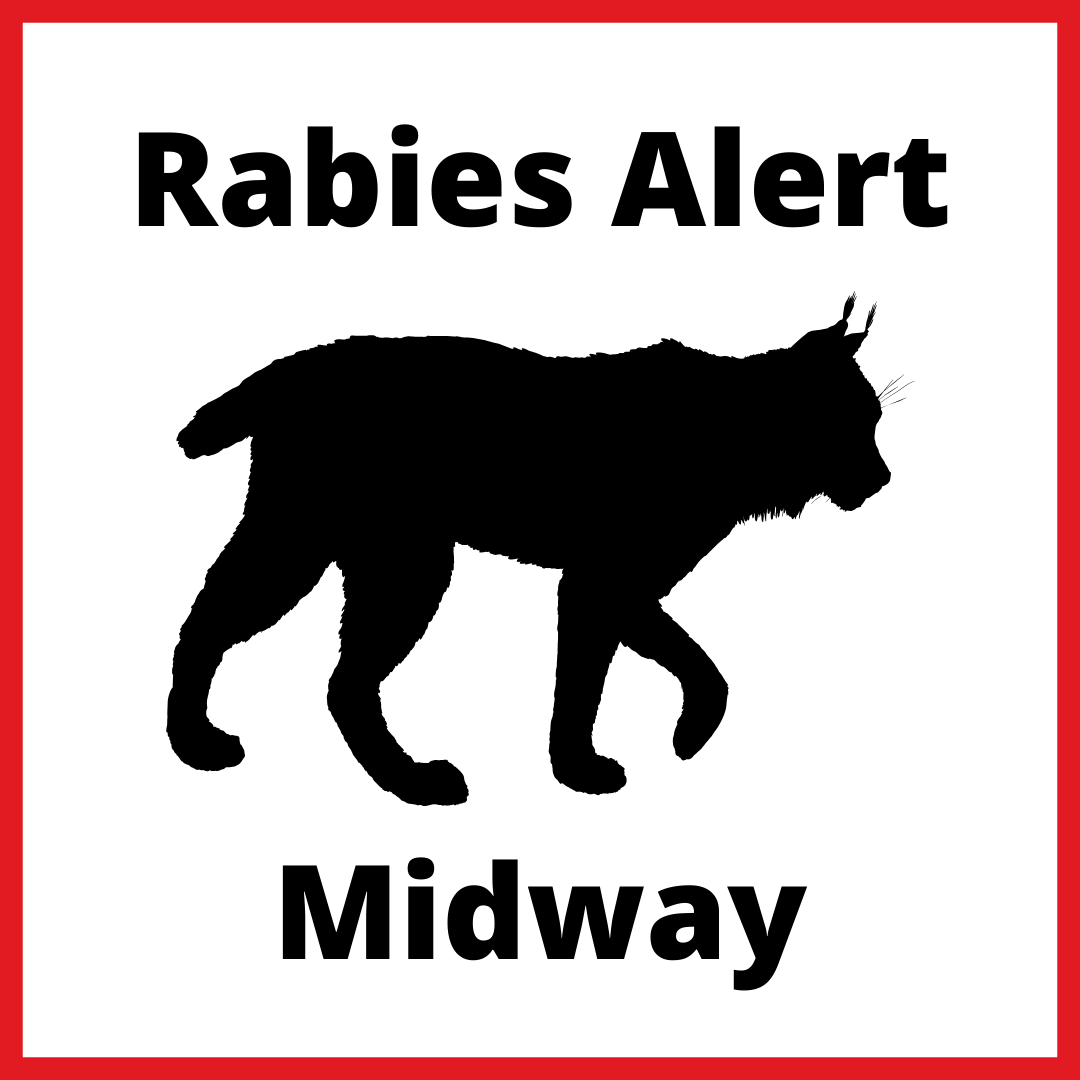Rabies Outbreak Sparks Urgent Warning: Liberty County Residents on High Alert

A startling wildlife encounter unfolded on April 24th when a local resident fell victim to an aggressive bobcat attack near Cay Creek Road in Midway. The incident took a more serious turn after laboratory tests confirmed the wild animal was infected with the rabies virus, prompting immediate medical intervention for the victim.
Health officials have since initiated a comprehensive follow-up care protocol to ensure the individual's safety and prevent potential rabies transmission. The unexpected confrontation serves as a stark reminder of the potential dangers lurking in rural and suburban environments, where wildlife and human habitats increasingly intersect.
Local authorities are advising residents to exercise caution, maintain a safe distance from wild animals, and report any unusual or aggressive animal behavior to prevent similar incidents in the future.
